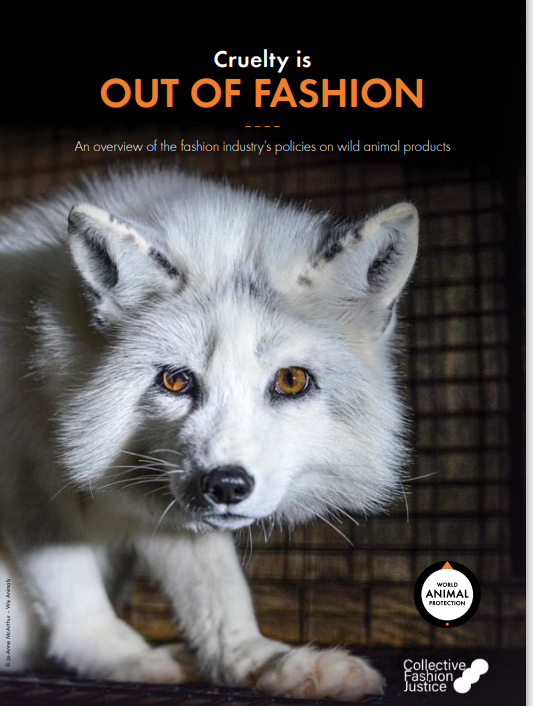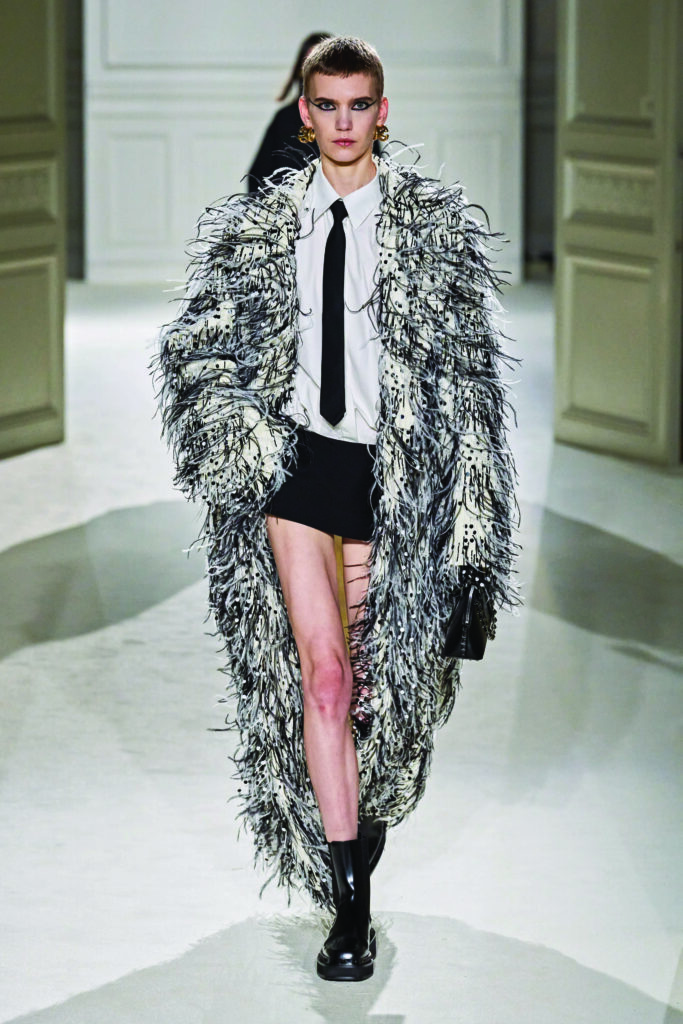

In a significant move for the fashion industry, the PayPal Melbourne Fashion Festival (PMFF) has announced a complete ban on the use of wild animal materials, including fur, skins, and feathers.
The humane decision comes only a few years after the festival banned the use of fur and wild animal skins from their events in 2018.
Animal welfare organisations, including World Animal Protection Australia, are celebrating the announcement.
The organisation says the move shows an increasing commitment to addressing wildlife exploitation in the fashion industry.
“This new policy sends a clear message that there is no place for the exploitation and abuse of wild animals in fashion,” says Olivia Charlton, Wildlife Campaign Manager at World Animal Protection Australia.
“By adopting a wildlife-friendly policy, PayPal Melbourne Fashion Festival has just joined a growing list of progressive fashion events around the world that are embracing innovative alternatives to feathers, skin, and fur.
Charlton adds that designers are now also listening to the consumer demand, many now exploring innovative alternatives to animal-based materials.
“82% of Australian consumers find it unacceptable to farm and kill wild animals for clothing and accessories.
“This aligns with the growing sentiment that wildlife are not commodities to be exploited for profit.”
“From cactus leather to recycled faux fur, it’s clear to many brands that the future is in sustainable alternatives.”
Fashion cruelty facts
World Animal Protection Australia says tens of thousands of wild animals – including crocodiles and ostriches – are cruelly exploited and brutally killed every year for the fashion brands that continue to decline the use of humane alternatives.
Collective Fashion Justice is working towards changing the global fashion industry into one that priorotises ethics and cruelty-free practices.
The organisation is working alongside World Animal Protection to highlight the inherent wildlife cruelty in the industry. They are also promoting the use of ethical and sustainable alternatives.
“PMFF has cemented itself as a leader of the global fashion industry by enacting this essential policy,” says Emma Håkansson, founder and director of Collective Fashion Justice.
“Fur, wild animal skins, and feathers are simply not a part of the future of fashion,” she says
“They are inherently unethical and unsustainable.
“PMFF’s new policy encourages Australia’s fashion industry to explore innovative and responsible materials, pushing for creativity over cruelty.”


What are the cruelty-free fashion alternatives?
The push for cruelty-free fashion has spurred impressive innovation. Designers are now embracing materials that are both ethical and sustainable.
World Animal Protection’s Olivia Charlton says that no one needs to be using or wearing fur, feathers, or wild animal skins in the name of fashion.
“Innovative materials are being developed that consider both the animal and the environment,” she says.
Here are some alternatives Charlton says are transforming the industry:
- Cactus leather: Durable and biodegradable, this material mimics the look and feel of animal leather.
- Recycled faux fur: Made from post-consumer waste, offering luxury without the cruelty.
- Bio-based fur: A plant-based alternative that avoids synthetic materials.
- Imitation feathers: While still in development, the market for cruelty-free feathers is growing rapidly.
- Corn leather: An eco-friendly alternative with textures resembling crocodile or snakeskin.
- Piñatex: A leather alternative made from pineapple leaves, and mushroom leather, which is derived from mycelium.
These materials prove that creativity thrives without cruelty, pushing designers to innovate while respecting animals and the planet.
Fur-free fashion: global movement towards ethical alternatives
Across the globe, major fashion events are adopting similar bans, signaling an industry-wide movement towards ethical practices.
“World Animal Protection and Collective Fashion Justice worked alongside Melbourne, Copenhagen, Berlin, and London fashion weeks in shaping their policies.
“These fashion weeks are paving the way for others to follow and create a future for fashion where wild animals aren’t exploited.”
Consumer advocacy can continue to play a significant role in accelerating this shift, adds Charlton.
“Before purchasing from a brand or retailer, research if they sell any wild animal materials,” she urges.


“If they do, then avoid purchasing any item from them.”
“Most importantly, tell the company about it. A quick email on why you chose not to purchase from them is incredibly effective.
“As an animal protection group, companies expect this message from us,” Charlton adds.
“But as consumers, your voice carries enormous weight.”
Read the Cruelty is Out of Fashion and the Feathers are the New Fur – Cruelty in Disguise reports to learn more.
